If you're wondering how to choose ski bindings, here's the gist: the right bindings ensure safety, match your skiing style, and fit your boots properly. Picking the wrong ones could lead to injuries or ruin your time on the slopes. Here's what you need to know:
- Safety First: Bindings need to release during falls, but only when necessary. Poorly matched bindings and boots can increase injury risks.
- Types of Bindings: Alpine bindings (for downhill skiing), touring bindings (for backcountry), and GripWalk bindings (a mix of walking comfort and skiing performance) are the main options. Multi-Norm Certified (MNC) bindings work with multiple boot types, offering flexibility.
- DIN Settings: This controls how easily your bindings release. It's adjusted based on your weight, skill level, and skiing style. Beginners need lower settings; experts need higher ones.
- Snowfeet Bindings: These offer a simple, lightweight option for mini skis, skiblades, and skiskates. They’re easy to use, compatible with various boots (even regular winter shoes), and don’t require professional installation.
Quick Comparison: Snowfeet vs. Standard Ski Bindings
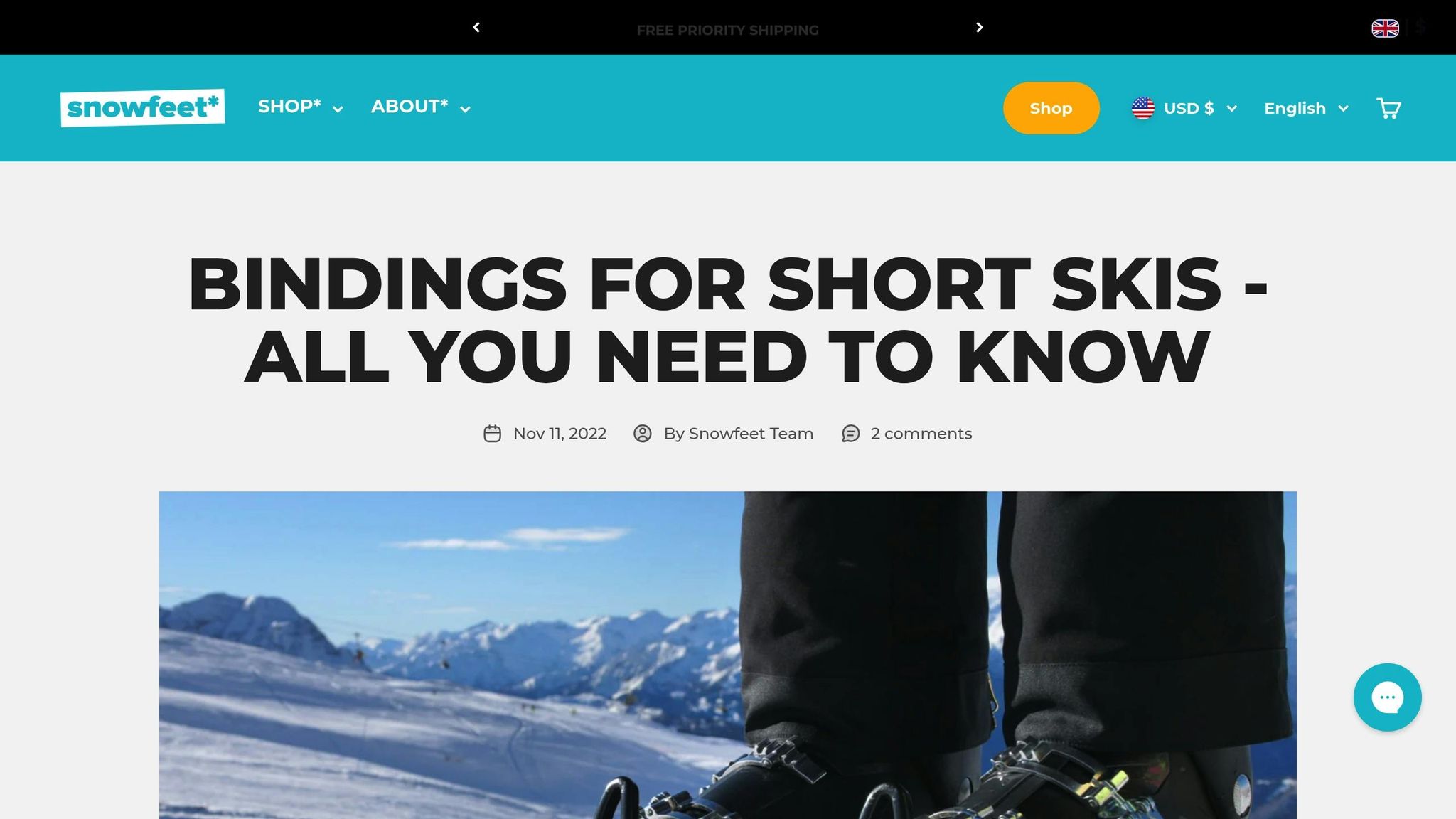
| Feature | Snowfeet Bindings | Standard Ski Bindings |
|---|---|---|
| Boot Compatibility | Winter shoes, snowboard boots | Ski boots only |
| Ease of Setup | Pre-mounted, tool-free adjustments | Professional installation required |
| Weight | Lightweight, portable | Heavier |
| Terrain Use | Various terrains | Groomed slopes only |
| Price Range | $150–$690 (complete setup) | $200–$600+ (bindings only) |
Snowfeet bindings are great for those who want something simple, portable, and fun for casual skiing. If you’re aiming for high-speed downhill or advanced skiing, standard bindings might be the better choice. Either way, make sure your bindings fit your boots and are properly adjusted for safety.
How To Choose Ski Bindings
Understanding Ski Binding Compatibility
Matching your ski boots to the right bindings isn’t just a technicality - it’s a safety must. When your boots and bindings don’t align properly, you risk accidental release or, worse, a failure to release during a fall. Either scenario can lead to injury. That’s why understanding binding compatibility is so important for every skier.
"When properly paired and set up by a knowledgeable technician, ski boots and bindings keep you on your skis when you should be and release you in the case of a crash." - Alli Hartz and Brooke Maushund, Switchback Travel
To keep things safe and functional, the ski industry relies on specific standards to ensure your gear works together seamlessly.
Key Binding Standards and What They Mean
The International Standards Organization (ISO) has established guidelines for ski equipment compatibility. As of July 2021, there are three main types of ski boot soles you need to know about: ISO 5355 (Alpine), ISO 9523 (Touring), and ISO 23223 (GripWalk). Each is designed with a specific skiing style in mind and requires matching bindings.
- Alpine bindings (ISO 9462) are made for downhill skiing. They pair with alpine boots (ISO 5355), which feature flat soles for maximum power transfer. If you stick to groomed slopes, this is your setup.
- Touring bindings (ISO 13992) are built for backcountry adventures. These work with touring boots (ISO 9523), which have a rockered sole and grippy rubber for uphill climbs, while still performing well on the descent.
- GripWalk soles (ISO 23223) are a newer option, offering better walking comfort without giving up skiing performance. You’ll need GripWalk-compatible bindings for these, and they are gradually replacing the older Walk To Ride (WTR) system.
If you want flexibility, Multi-Norm Certified (MNC) bindings and Marker Sole.ID bindings are designed to work with multiple boot sole types. This can be a great option if you have different boots or plan to upgrade in the future.
Here’s a quick look at how different bindings match up with boot soles:
| Binding Type | Alpine DIN (ISO 5355) | Touring (ISO 9523) | GripWalk (ISO 23223) | Walk To Ride (WTR) |
|---|---|---|---|---|
| Alpine Bindings | ✓ | ✗ | ✗ | ✗ |
| GripWalk Bindings | ✓ | ✗ | ✓ | ✗ |
| MNC Bindings | ✓ | ✓ | ✓ | ✓ |
| WTR Bindings | ✓ | ✗ | ✓ | ✓ |
| Sole.ID | ✓ | ✓ | ✓ | ✓ |
Another important factor is the binding’s release value, which determines how much force is needed for the binding to release your boot. These settings range from 1 to 18. Lighter, less aggressive skiers typically use lower settings, while heavier or more aggressive riders need higher ones. Getting this adjustment right is key to staying safe on the slopes.
How Snowfeet* Makes Compatibility Simple
Now, here’s where Snowfeet* changes the game. Instead of dealing with complex compatibility charts or needing specialized ski boots, Snowfeet* offers a straightforward solution. Their bindings are designed to work with a variety of footwear, including standard winter shoes and snowboard boots.
This approach is perfect for recreational skiers who don’t want to invest in expensive, specialized boots. Snowfeet* offers Basic, Standard, and Pro X models to fit a wide range of boot sizes and types. For example:
- Standard Snowfeet* bindings fit US shoe sizes 6–13 (EU 38–47).
- The Mini version works for kids’ sizes 10 to adult size 6 US (EU 27–38).
- Skiskates are compatible with ski boot sizes 4.5–14.5 US (EU 36–49 / 22.5–32.5 MP) and snowboard boot sizes 6–14.5 US (EU 38–49).
This dual compatibility means you can often use the footwear you already have, saving money and hassle.
Snowfeet* bindings are adjustable to fit various shoe sizes, and their Skiblades and Skiskates come with integrated snowboard-style bindings, ensuring everything works right out of the box. This eliminates much of the guesswork that comes with traditional alpine setups.
For smaller feet, pairing Snowfeet* with snowboard boots can provide a snug fit. The company suggests choosing bindings based on your boot type and size: Basic for most boots, Standard for larger boots, and Pro X for maximum adjustability and comfort.
Key Factors to Consider When Choosing Ski Bindings
Selecting the right ski bindings boils down to three main things: safety, performance, and comfort. By understanding these factors, you can make a choice that works seamlessly with your skiing style and gear. Let’s break down what you need to know.
Matching Bindings to Your Ski Type
The type of skis you use plays a big role in determining the right bindings. For example, traditional long skis from brands like Rossignol, Atomic, and Head typically require alpine bindings mounted directly to the ski. One key detail here is brake width - your binding brakes need to be 5 to 15 millimeters wider than your ski’s waist width for proper function.
Short skis and skiblades, on the other hand, come with their own set of challenges. Many shorter skis have integrated mounting plates, which can limit your binding options. That’s where Snowfeet* steps in with a clever solution. Their Skiblades and Skiskates come equipped with built-in snowboard-style bindings, so you don’t have to worry about mounting at all. Unlike regular snowboard bindings, which don’t offer the edge control needed for skiing, Snowfeet* bindings are specifically designed for ski performance.
For mini ski skates, Snowfeet* offers a 38 cm model priced at $150, which comes with pre-mounted bindings that work with regular winter boots. Their Skiskates, starting at $390, measure 44 cm and feature a wood core for added durability. If you’re looking for something closer to traditional skis, their Skiblades come in 65 cm (starting at $450) and 99 cm (starting at $490), providing a more classic skiing experience with the ease of integrated bindings.
Boot Compatibility and DIN Settings
Another important consideration is making sure your bindings are compatible with your ski boots and properly adjusted for DIN settings. Why does this matter? Because your boots and bindings need to work together for both safety and performance. For example, alpine bindings pair with ISO 5355 soles, while GripWalk boots require specific bindings to match. Touring boots are needed for AT bindings, and tech bindings are designed for pin-based systems.
DIN settings, which control how much force is needed to release your bindings, are also critical. These settings range from 0.5 to 18 and are adjusted based on your weight, skill level, and skiing style. A beginner who’s lighter might need a setting between 2 and 7, while advanced skiers or those tackling steeper terrain often require settings between 6 and 14. Here’s a quick reference:
| Weight Range | Ability Level | Typical DIN Range |
|---|---|---|
| 65–165 lbs | Beginner–Intermediate | 2–7 |
| 65–200 lbs | Beginner–Intermediate | 3–10 |
| 130–285 lbs | Intermediate–Expert | 6–14 |
| 150–200+ lbs | Expert–Pro | 8–18 |
Why Snowfeet* Bindings Stand Out
Snowfeet* bindings offer some perks that make them a standout choice. First, they’re lightweight and portable - small enough to fit in a backpack. That’s a level of convenience you won’t get with most traditional systems. Plus, their tool-free adjustments mean you can tweak the fit on the fly without needing a trip to the ski shop. They’re also compatible with a variety of boot types, making them super versatile.
Another bonus? Snowfeet* bindings come pre-mounted, which saves you the time and expense of professional installation. And for snowboarders trying out skiing, their snowboard-style system provides a familiar feel while still offering solid edge control. If you’re after even more adjustability, the Snowfeet* Pro X model is a great option. At $199, it adds extra performance features while keeping the same ease of use and versatility.
Comparing Snowfeet* Bindings to Standard Ski Bindings
Let’s break down the key differences between Snowfeet* bindings and traditional ski bindings from brands like Rossignol, Atomic, and Head. These two systems cater to entirely different snow experiences, so understanding what sets them apart can help you decide which one fits your style.
One of the biggest differences is boot compatibility. Traditional ski bindings require specialized ski boots, which can be pricey and specific to your setup. Snowfeet*, on the other hand, works with regular winter shoes or snowboard boots - chances are, you already own something that works.
Portability is another standout feature. Traditional ski setups, with their long skis and heavy bindings, often need roof racks or large ski bags for transport. Snowfeet* bindings? They fit in a backpack. This means you can toss them in your car for a quick trip to a sledding hill or even take them hiking without worrying about bulky gear.
Then there’s the learning curve. Traditional ski bindings are designed for groomed slopes and often require lessons to get the hang of things. Snowfeet* bindings, however, are much easier to use. Many folks report they’re sliding around and having fun within minutes of strapping them on.
Versatility is where Snowfeet* really shines. While traditional bindings are built for ski resorts and groomed trails, Snowfeet* is far more flexible. You can use them on hiking trails, cross-country paths, ski slopes, or even in your backyard. They’re perfect for exploring all kinds of snowy terrain.
Comparison Table: Snowfeet* vs. Standard Bindings
| Feature | Snowfeet* Bindings | Standard Ski Bindings (Rossignol, Atomic, Head) |
|---|---|---|
| Boot Compatibility | Winter shoes or snowboard boots | Ski boots only |
| Adjustability | Tool-free adjustments (Pro X model) | Requires tools and expertise |
| Weight | Lightweight and portable | Heavier setup |
| Ease of Use | Quick to learn, no lessons needed | Steeper learning curve, lessons often recommended |
| Flexibility | Works on various terrains | Optimized for groomed slopes |
| Portability | Fits in a backpack | Requires roof rack or ski bag |
| Price Range (USD) | $150–$690 (complete setup) | $200–$600+ (bindings only, plus boot costs) |
| Mounting | Pre-mounted, ready to use | Professional mounting required ($50–$100) |
| Terrain Versatility | Slopes, trails, backyards, sledding hills | Primarily groomed ski slopes |
When it comes to safety, the two systems take different approaches. Traditional bindings are designed with release mechanisms to protect you during high-speed falls. Snowfeet*, on the other hand, focuses on controlled, lower-speed conditions, which naturally reduces the risk of injury.
The cost factor also leans in Snowfeet*’s favor. With traditional bindings, you’re not just paying for the bindings - you’ll also need ski boots and, often, professional mounting. Snowfeet* products come pre-mounted and ready to use with your existing footwear, keeping the overall expense much lower.
For skiers in the U.S., Snowfeet* offers added convenience. Free shipping to most areas and delivery within 3–5 business days means you can hit the snow quickly. Plus, with over 5,500 verified reviews and a 4.9 out of 5 rating, it’s clear that many Americans are loving the simplicity and fun these bindings bring to snow sports.
Take it from Andrew B., a happy customer:
"These skiblades are so much fun and easy to control. Never going back to regular skis."
That pretty much sums it up - Snowfeet* offers a fresh, exciting way to enjoy winter without the hassle and cost of traditional ski setups.
sbb-itb-17ade95
Product Recommendations by Ski Type
Now that you’re familiar with the key differences between Snowfeet* and traditional bindings, it’s time to pick the right Snowfeet* model for your skiing style. Each model is tailored for specific terrains and skill levels, making it easier to find the perfect fit for your winter adventures.
Best Bindings for Mini Ski Skates and Skiskates
If you’re after something portable and beginner-friendly, Snowfeet* Mini Ski Skates are a fantastic option. At just 38 cm long, they’re compact enough to fit in a backpack and work with regular winter shoes. These are perfect for introducing kids to snow sports or just having some fun in the backyard. Starting at $150, they’re also the most budget-friendly option in the lineup.
Looking for more performance without going all-in on skiblades? The Snowfeet* PRO Ski Skates might be your answer. Priced at $250, these 50 cm skates come with the Pro X binding system, which is both durable and adjustable. The Pro X bindings fit any boot comfortably and don’t require tools for adjustments.
For those ready to step up their game, the Skiskates (44 cm) deliver a professional-grade experience. Starting at $390, they feature a wood core construction similar to traditional skis, providing better speed and responsiveness. They’re compatible with both ski boots and snowboard boots, and you can choose Basic, Standard, or Pro X bindings depending on your experience level.
Ready for something closer to traditional skiing? Let’s look at Snowfeet*’s skiblade options.
Bindings for Short Skis and Skiblades
For a more traditional skiing vibe with added maneuverability, Snowfeet* offers three skiblade options, each tailored to specific styles and skill levels.
- 65 cm Skiblades: Starting at $450, these are ideal for ski parks and trick riding. Their shorter length allows for quick turns and jumps while maintaining stability on groomed slopes. Plus, they pair great with snowboard bindings, which offer comfort and flexibility for tricks.
- 99 cm Skiblades: Priced at $490, these are perfect for all-mountain skiing. They’re long enough for carving on groomed runs but short enough to navigate tight trees and moguls. There’s also a POWDER version at the same price, designed for deeper snow conditions.
- 120 cm Short Skis: At $690, these are the longest option in the Snowfeet* lineup. They bridge the gap between skiblades and traditional skis, offering excellent stability at higher speeds while staying lightweight and portable.
All skiblades in the Snowfeet* lineup are built with sustainable wood cores and metal ski edges, ensuring durability. The fiberglass-reinforced construction makes them tough - far less likely to snap or delaminate compared to traditional skis.
When it comes to bindings, you’ve got options to suit your style. Choose non-release ski boot bindings for a classic feel, regular release ski boot bindings for added safety, or snowboard bindings for maximum comfort and trick performance. Snowboard bindings are especially popular because they’re easy to adjust at home and fit a wide range of boot sizes.
How Standard Bindings Compare
Traditional bindings, like those from Rossignol, Atomic, or Head, follow a completely different setup compared to Snowfeet*. While they offer high performance, they also come with added complexity and cost. Here’s why:
- Extra Gear: Traditional bindings require specialized ski boots and professional mounting, which can add up quickly.
- Precision Setup: These bindings need precise DIN settings based on your weight, height, skill level, and boot sole length. Getting this right is crucial for safety and often requires a professional technician.
- Complicated Installation: Mounting traditional bindings involves careful positioning and drilling, demanding specialized tools and expertise.
In contrast, Snowfeet* bindings are all about simplicity and versatility. They come pre-mounted or allow for easy, tool-free adjustments at home. This means less time fiddling with gear and more time enjoying the slopes.
So, what’s your priority? If you’re chasing peak performance on groomed slopes and don’t mind the extra cost and setup, traditional bindings might be for you. But if you prefer a hassle-free, adaptable approach to winter sports, Snowfeet* bindings offer an exciting alternative that’s changing the game.
Tips for Setting Up Your Ski Bindings Safely
Getting your ski bindings set up correctly is a must for staying safe on the slopes. While Snowfeet* bindings make things easier compared to traditional setups, there are still a few important steps to follow.
Checking Boot-to-Binding Compatibility
Making sure your boots and bindings are compatible is step one for a safe ride. If they don’t match up, it can lead to some serious risks. Start by confirming your boot type and double-check that your bindings (like Snowfeet*) are designed to work with them. This is crucial - an incompatible setup can lead to accidents.
Snowfeet* bindings simplify this process by being compatible with a variety of boot types, which usually require separate setups. Whether you’re using winter shoes, snowboard boots, or ski boots, most Snowfeet* models are ready to go right out of the box. Just make sure your boots fit snugly and that all straps or locking mechanisms are secure.
Once you’ve confirmed compatibility, the next step is dialing in your DIN settings for optimal safety and performance.
Adjusting DIN Settings and Inspecting Bindings
After ensuring a proper boot fit, it’s time to adjust your bindings. The DIN setting controls the amount of force needed to release your bindings, which is key for avoiding injuries. If the DIN is set too low, you might pop out of your bindings during regular skiing. Too high, and the bindings might not release when they should, increasing the risk of harm. The DIN scale is the industry standard and is adjusted based on your weight, boot sole length, skill level, and age.
For traditional bindings, you’ll usually refer to a DIN chart that takes into account factors like weight, height, age, boot size, and skiing ability. Both the toe and heel pieces need to be adjusted carefully. When in doubt, it’s always better to play it safe.
Snowfeet* bindings, on the other hand, often skip the hassle. Many models use snowboard-style or non-release bindings, which don’t require DIN adjustments. This removes much of the guesswork and common issues found with traditional setups. For models that do include release bindings, the adjustment process is typically straightforward. If you’re unsure at any point, getting help from a professional is always a smart move.
Before hitting the slopes, inspect your bindings for any signs of wear or damage. Things like worn plastic, sole warping, or loose parts can affect performance. Look for cracks, worn pivot points, or anything that seems off. Thanks to their simpler design, Snowfeet* bindings are quicker to inspect, but it’s still important to check that all straps and buckles are in good shape.
Conclusion: Choosing the Right Bindings for Your Needs
Choosing ski bindings doesn’t have to feel like rocket science. The main factors - compatibility, safety, ease of use, and your skiing style - are the foundation for making a smart pick in 2025. Let’s bring it all together: the right bindings should balance safety and performance while matching your specific needs.
Now, let’s talk about Snowfeet*. These bindings stand out for their flexibility and portability. Unlike traditional setups from brands like Rossignol or Atomic, Snowfeet* bindings work with a variety of boot types without the need for multiple binding systems. That’s a big win for convenience.
Another perk? They’re super lightweight and easy to carry. Whether you’re traveling or just want gear that won’t feel like a workout to lug around, Snowfeet* bindings deliver. Plus, they’re beginner-friendly with a tool-free setup that skips the hassle of complex DIN charts or professional adjustments. It’s as simple as it gets.
Snowfeet* bindings are specially designed for mini skis, skiblades, and skiskates, offering a fresh take on winter sports. If you’re looking to explore these unique ski types, these bindings are a perfect match.
Safety isn’t overlooked either. Snowfeet* bindings feature secure boot retention and reliable release mechanisms, reducing the risks that come with poorly fitting traditional bindings. Their compatibility with multiple boot types adds an extra layer of confidence, making them a solid choice for all kinds of skiers.
FAQs
How can I find the right DIN setting for my ski bindings?
To figure out the right DIN setting for your ski bindings, you’ll need to factor in a few things: your weight, height, age, skiing ability, and boot sole length. These details work together to strike the perfect balance between safety and performance.
You can start with a DIN chart or an online calculator to get a good estimate. But honestly, the best move is to have your bindings adjusted by a pro at a ski shop. This is especially important if you’re new to skiing or trying out specialized gear like Snowfeet - which are designed to combine performance with convenience. Getting your bindings dialed in properly not only keeps you safe but also helps you enjoy the slopes to the fullest.
What makes Snowfeet bindings different from traditional ski bindings in terms of safety and compatibility?
Snowfeet bindings take a different approach compared to traditional ski bindings, offering flexibility, simplicity, and ease of use. Unlike conventional setups that require specialized ski boots with metal fittings, Snowfeet bindings are crafted to work with everyday winter shoes, snowboard boots, or even ski boots. This makes them a great choice, especially for beginners or anyone looking for a more casual skiing experience.
Traditional bindings are all about alpine performance, often packed with advanced release mechanisms to keep you safe at high speeds. Snowfeet bindings, on the other hand, focus on convenience and compatibility while still covering the basics of safety. They’re a lightweight, no-fuss alternative to the heavier, more restrictive options from brands like Rossignol or Atomic, making them perfect for those who want to keep things simple without compromising on fun.
Can I use Snowfeet bindings with regular winter shoes or snowboard boots, and what makes them better than traditional ski bindings?
Yes, Snowfeet bindings are made to work with most types of winter footwear. Whether you’ve got regular winter boots or snowboard boots, as long as they’re waterproof and fit snugly, you’re good to go. This makes them a game-changer compared to traditional ski bindings, which need specialized - and often pricey - ski boots.
What makes Snowfeet bindings stand out? For one, they’re super flexible. You can hit the slopes without splurging on extra gear. Plus, they’re easy to use, which makes them ideal for casual skiing, skiblades, or just having fun in the snow. Whether you’re new to skiing or a seasoned pro looking for something lightweight and practical, Snowfeet bindings bring a simpler, more fun approach to winter sports.

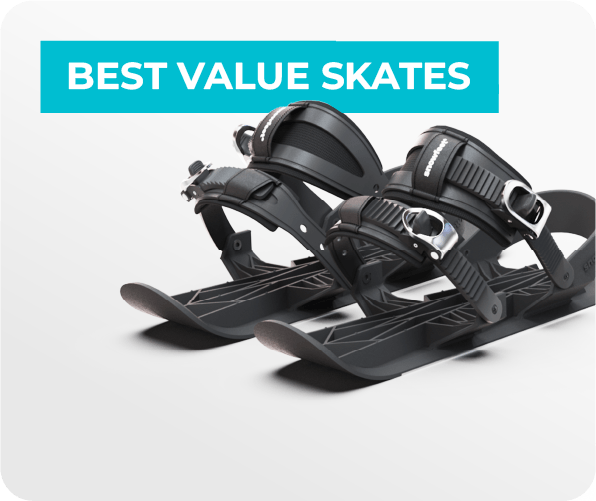
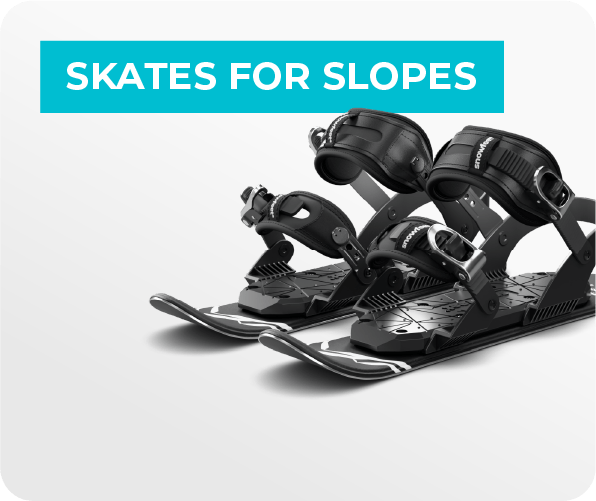
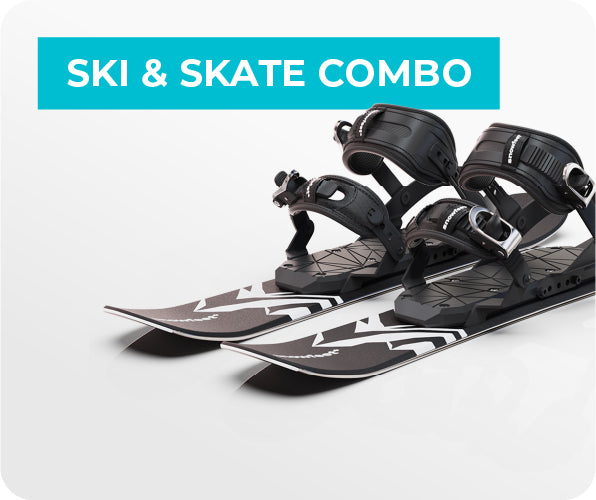
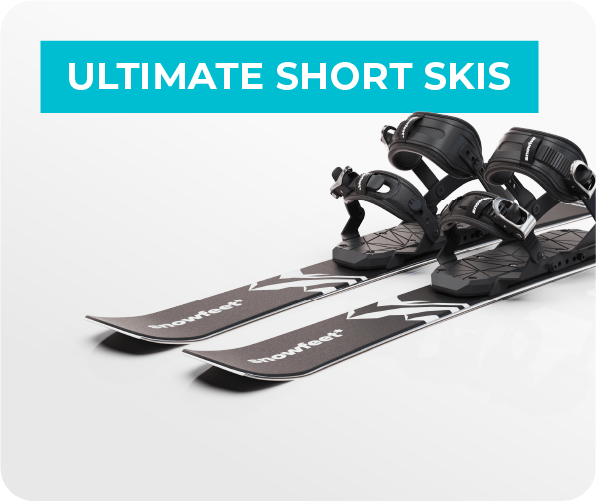
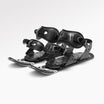
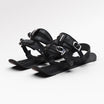
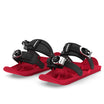
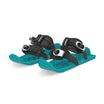
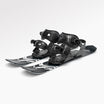
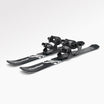
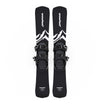
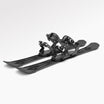
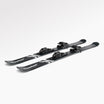
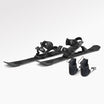

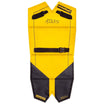
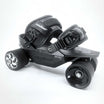

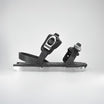
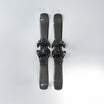
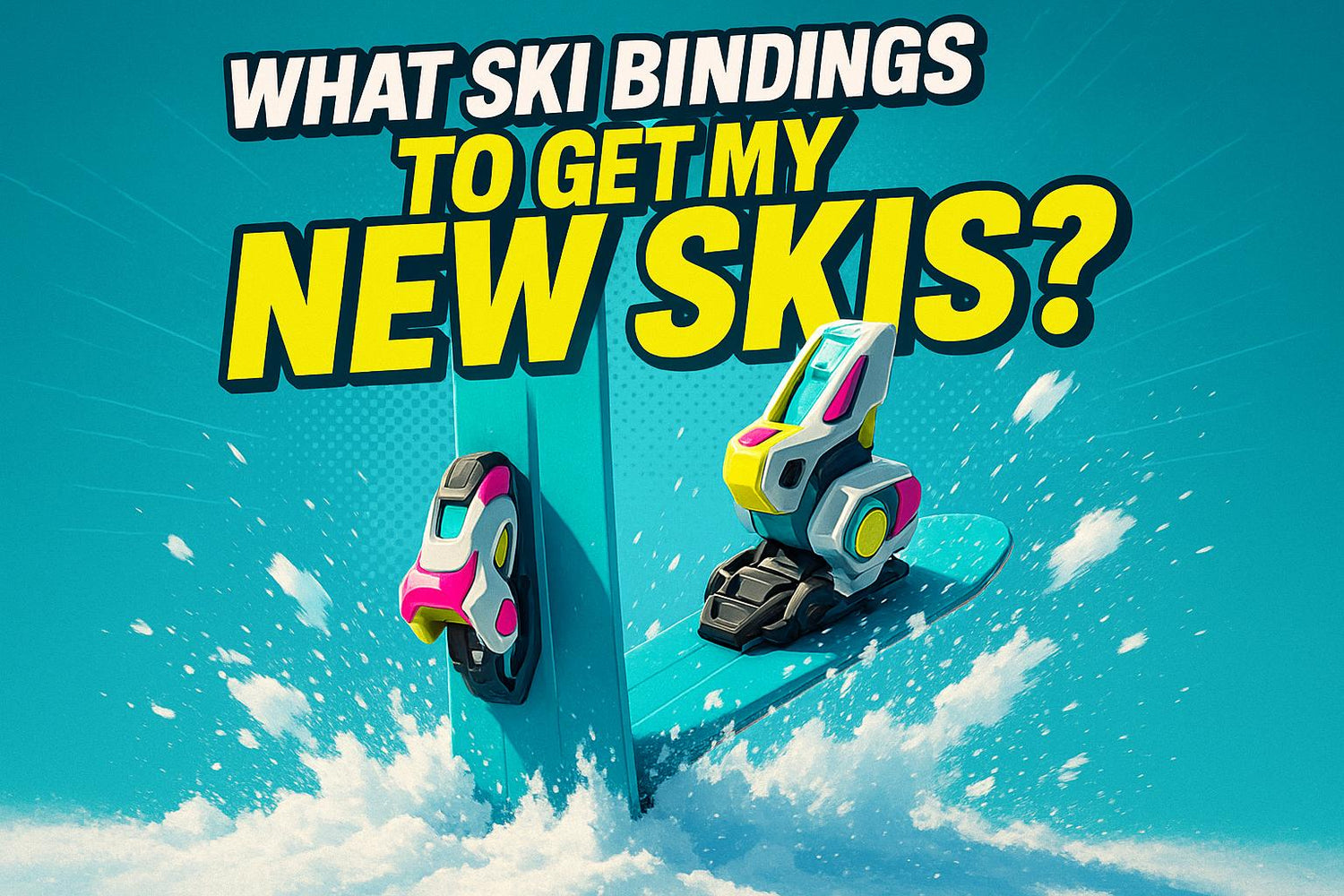
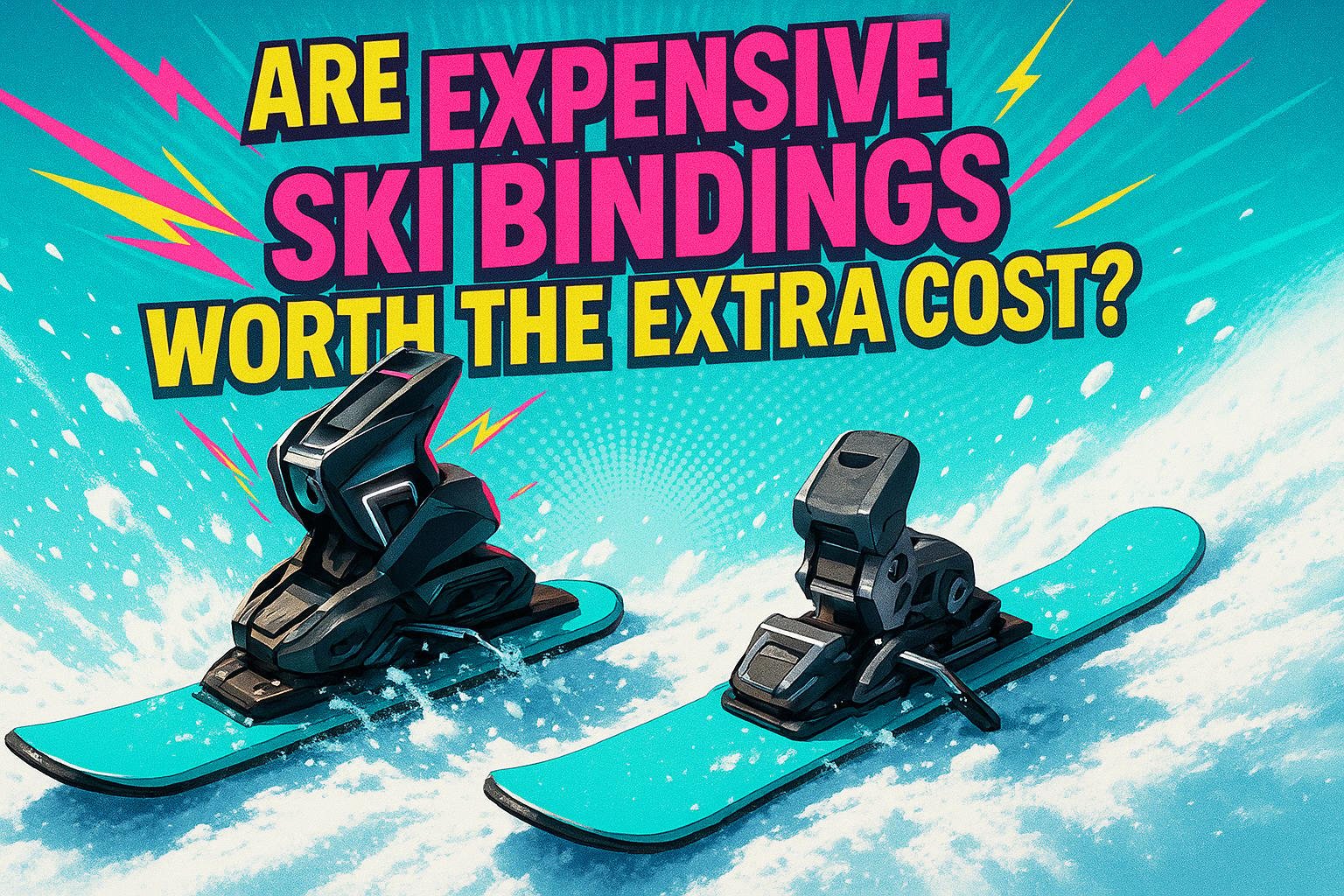
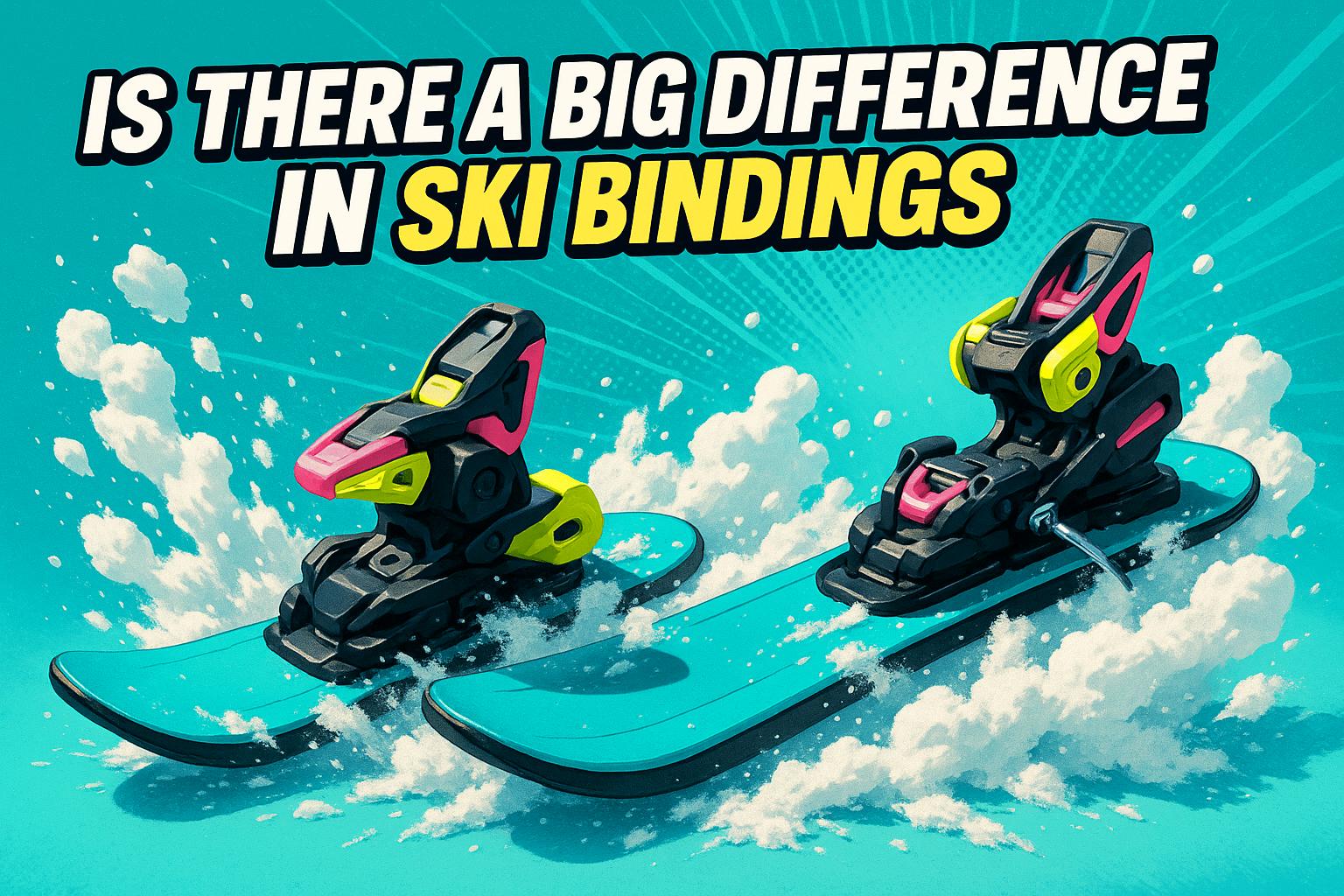
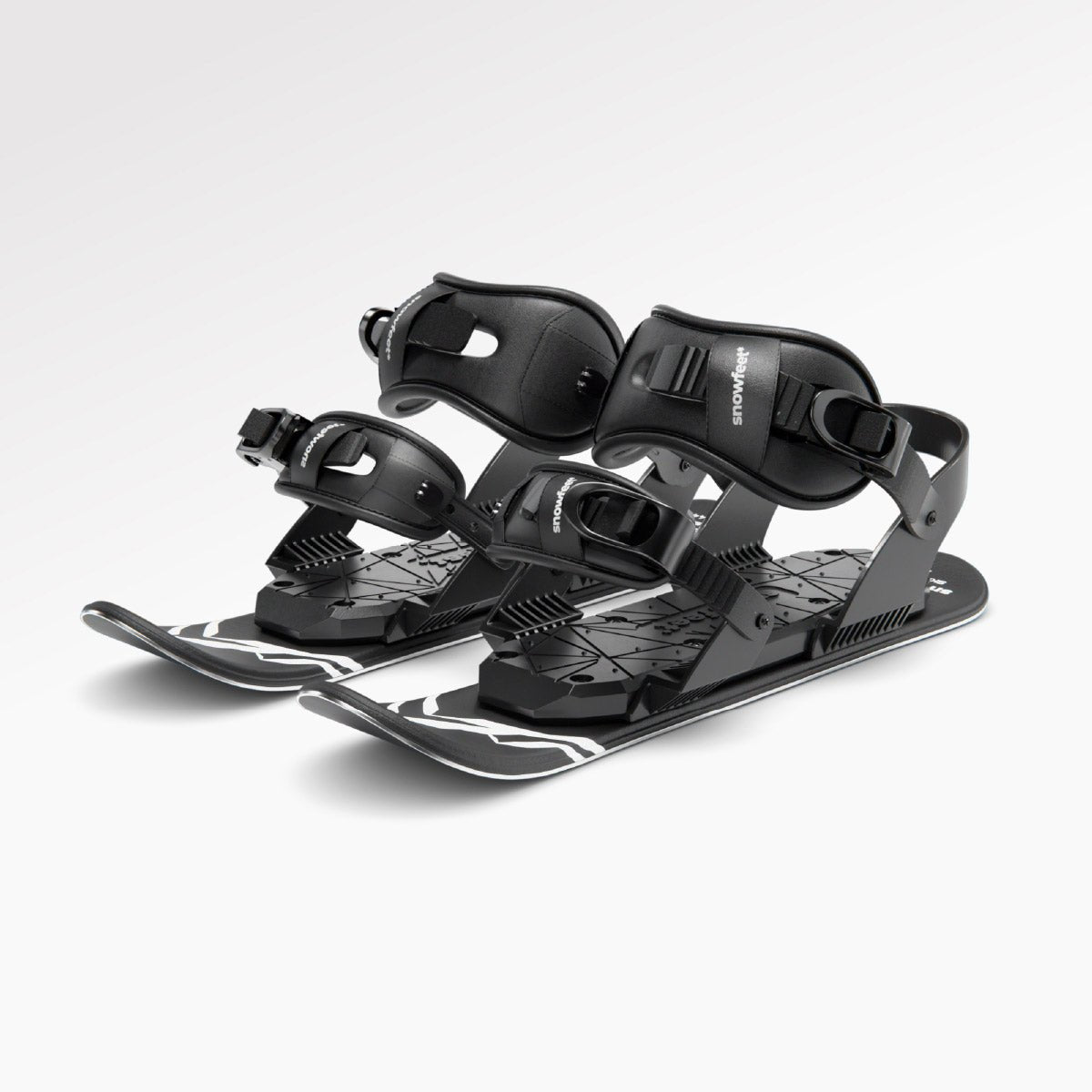
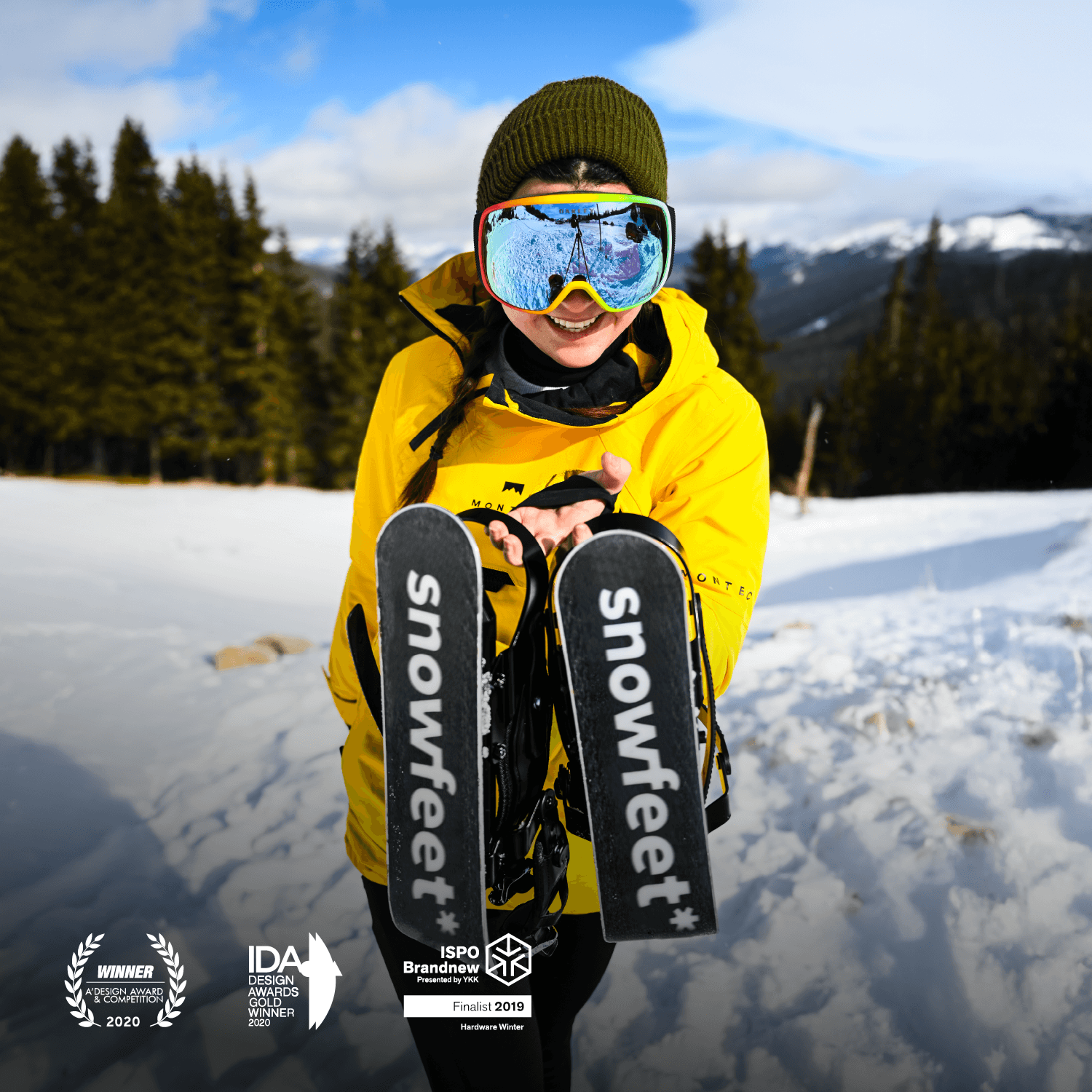
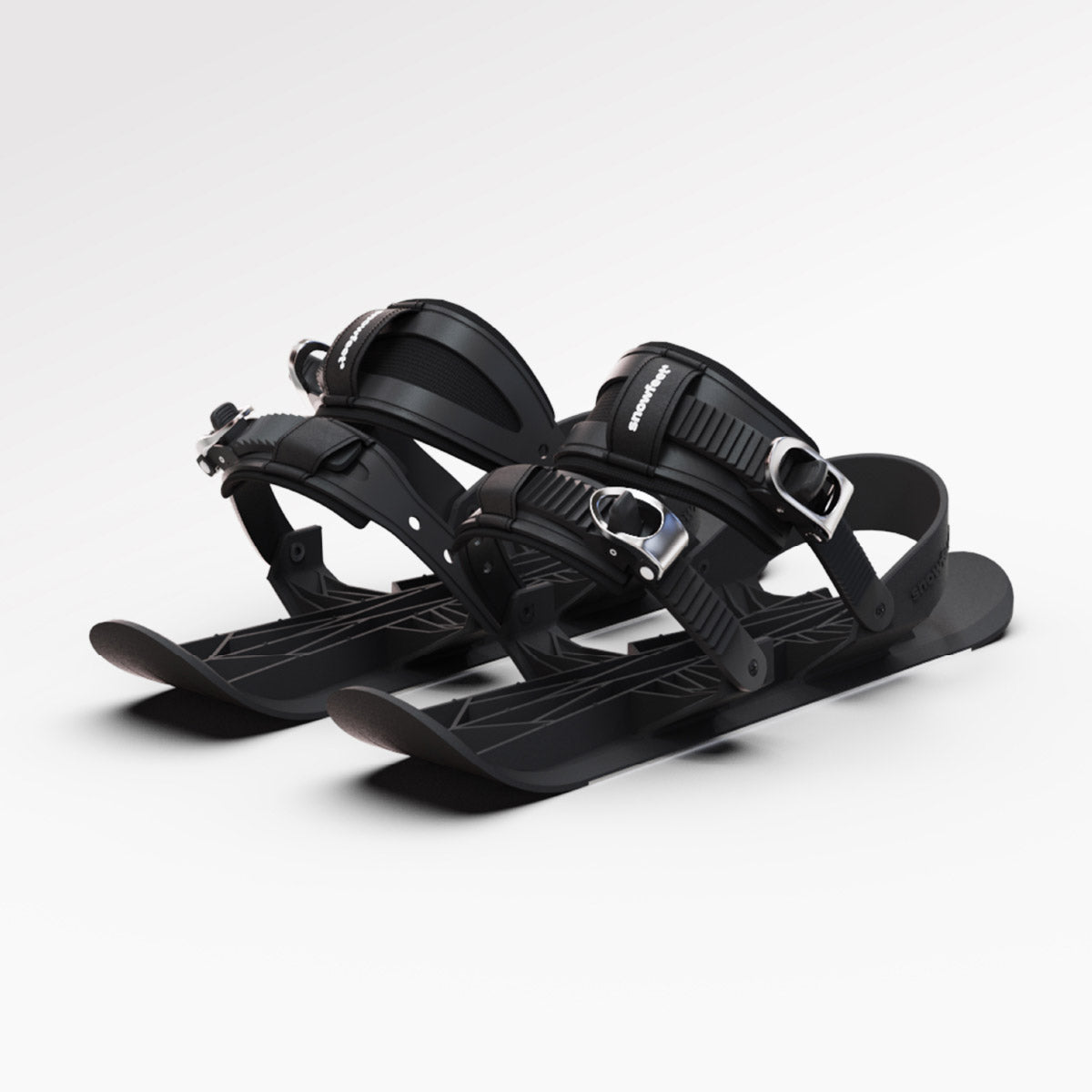
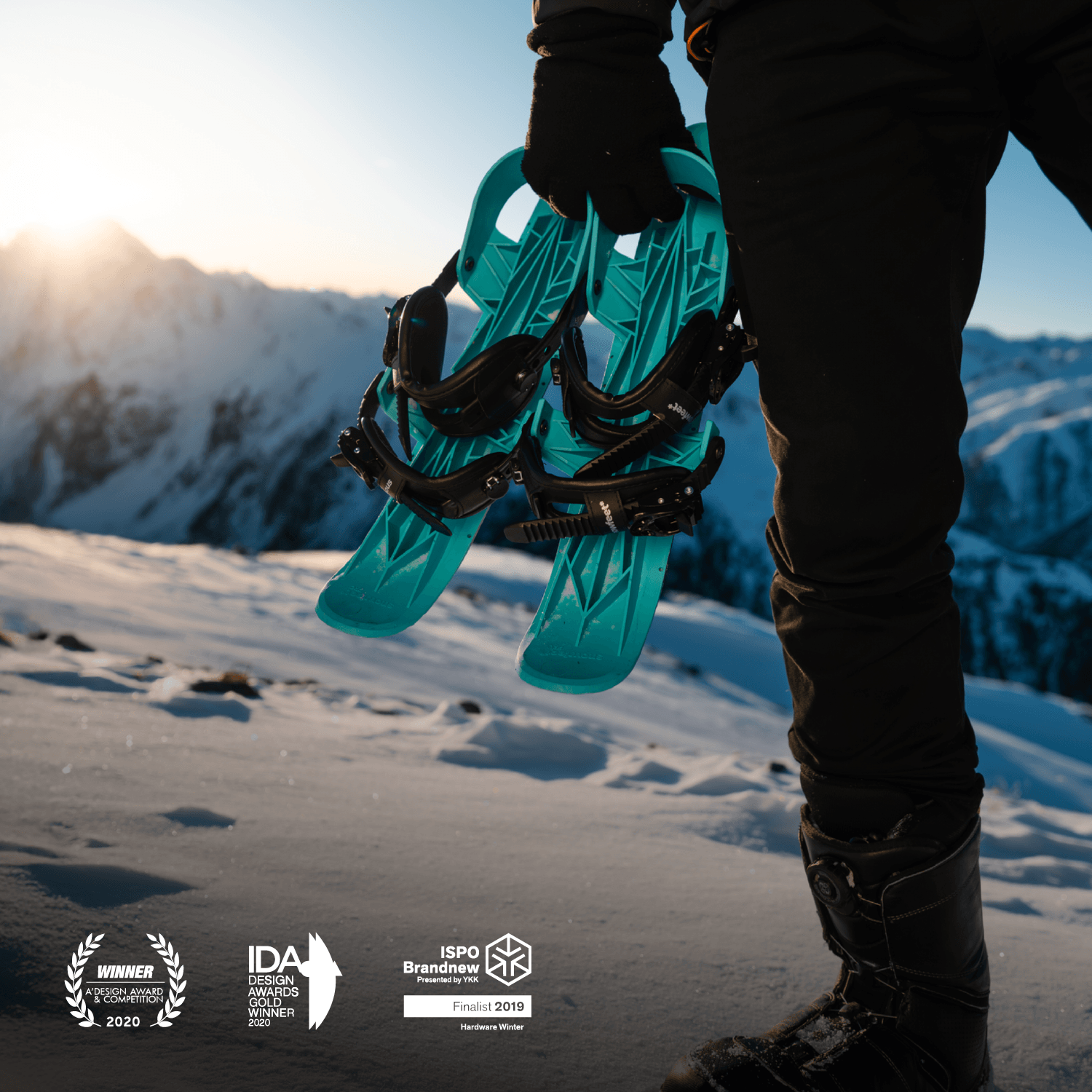
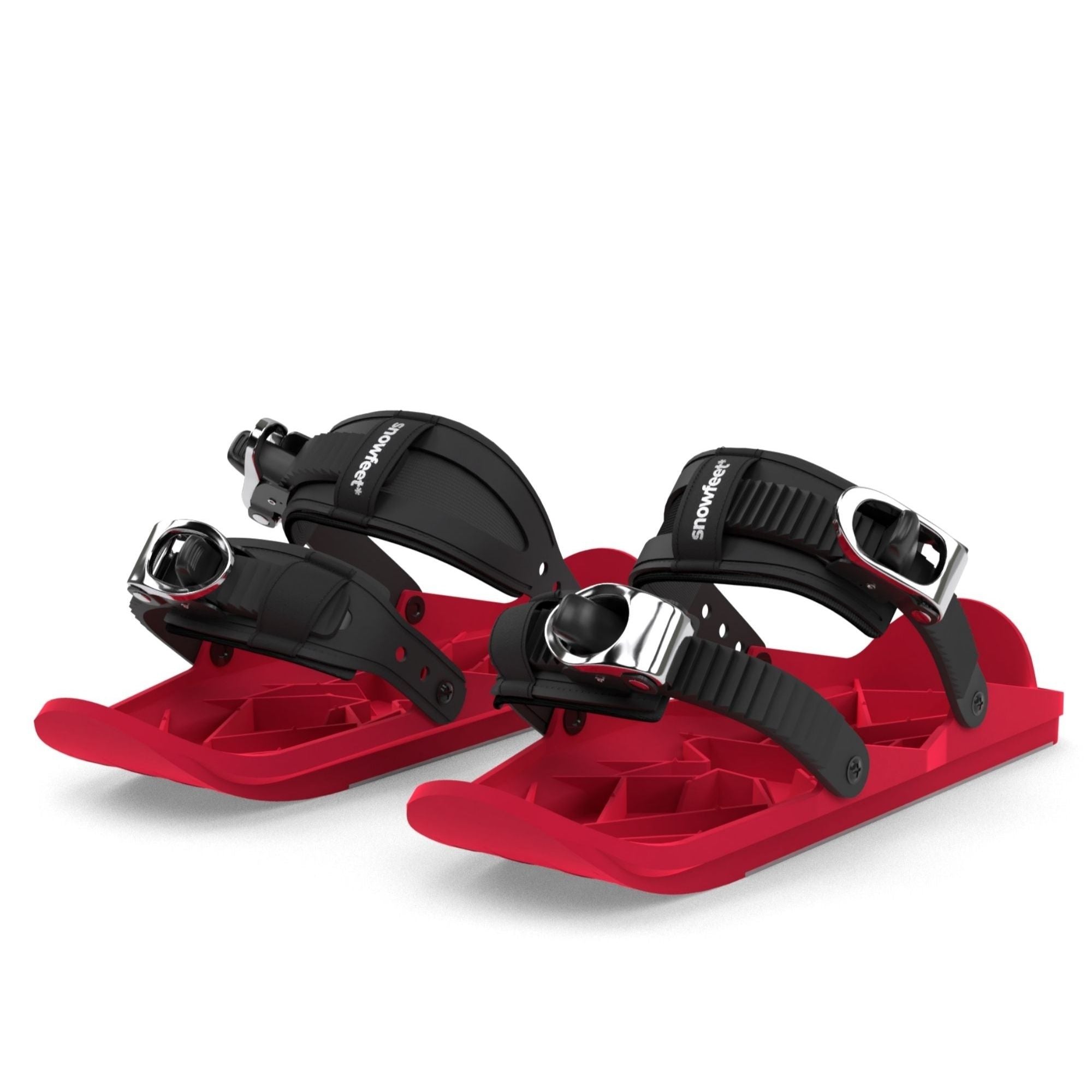
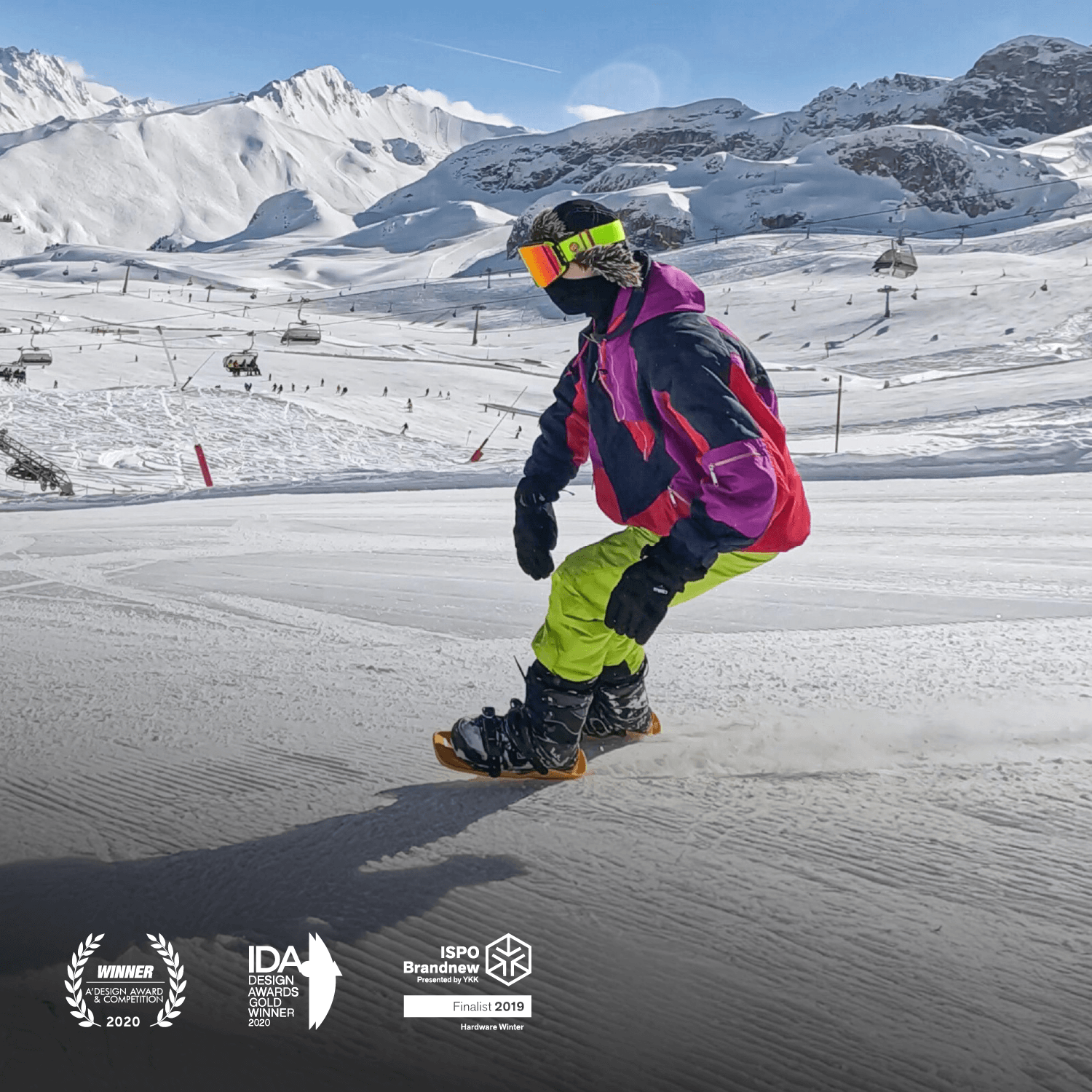
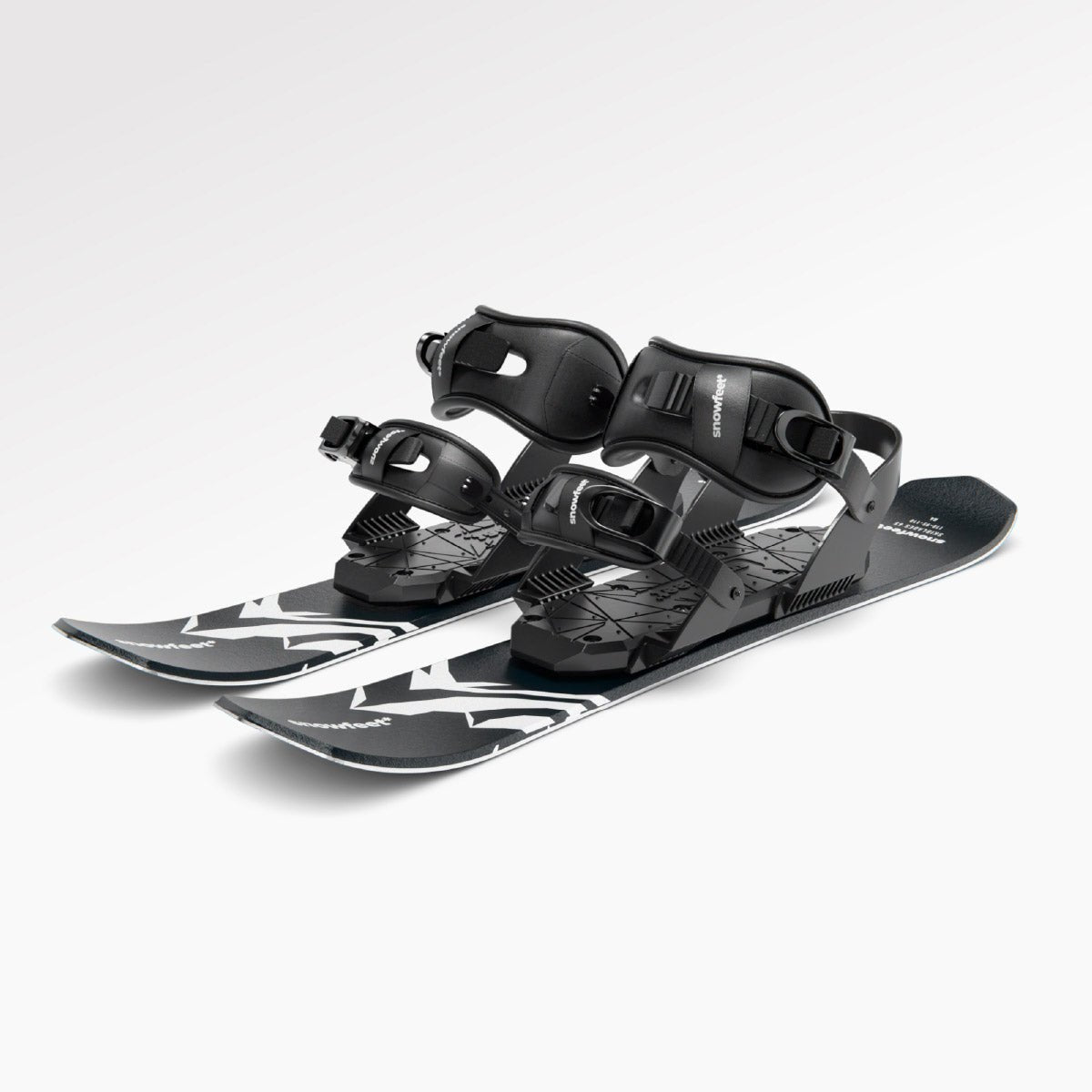
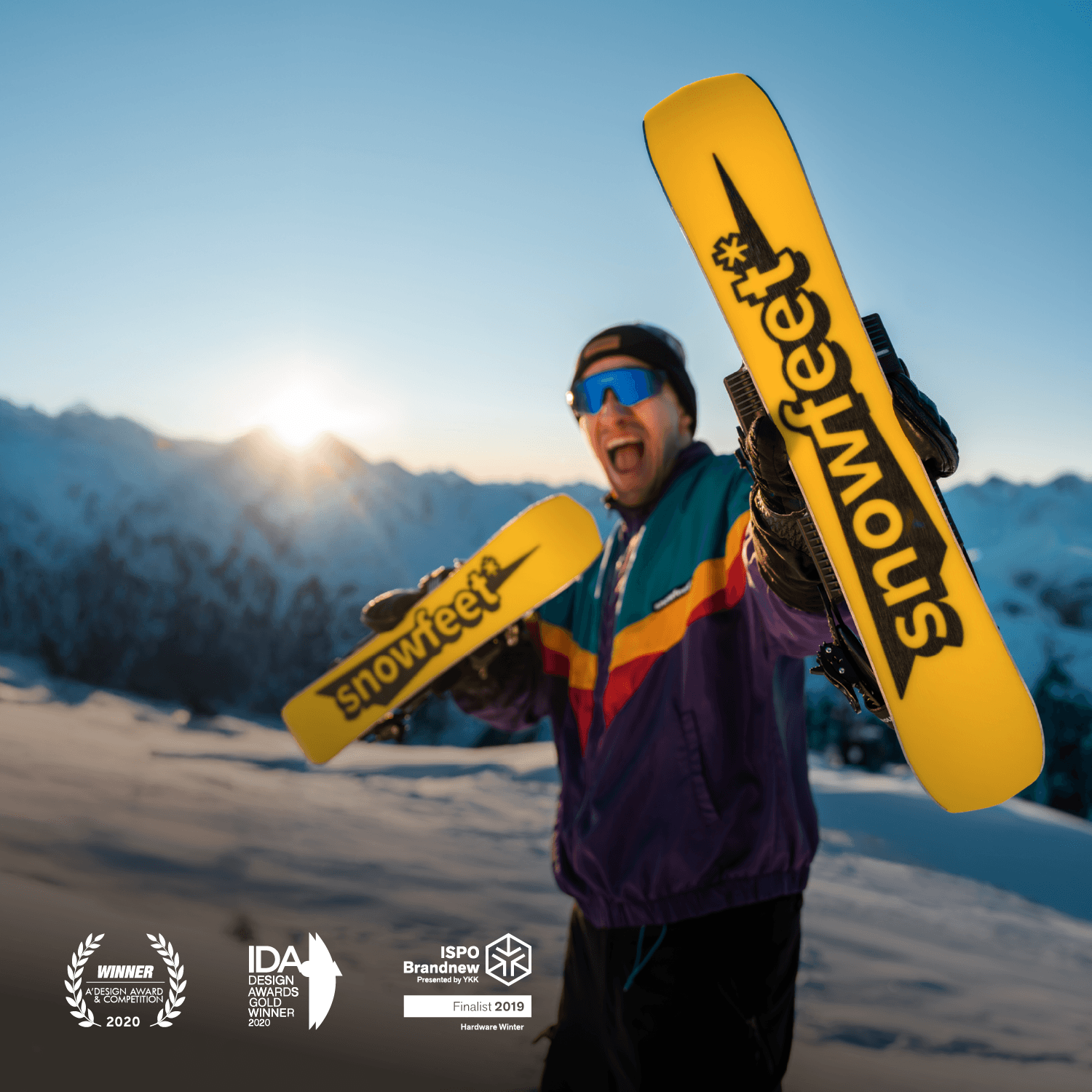
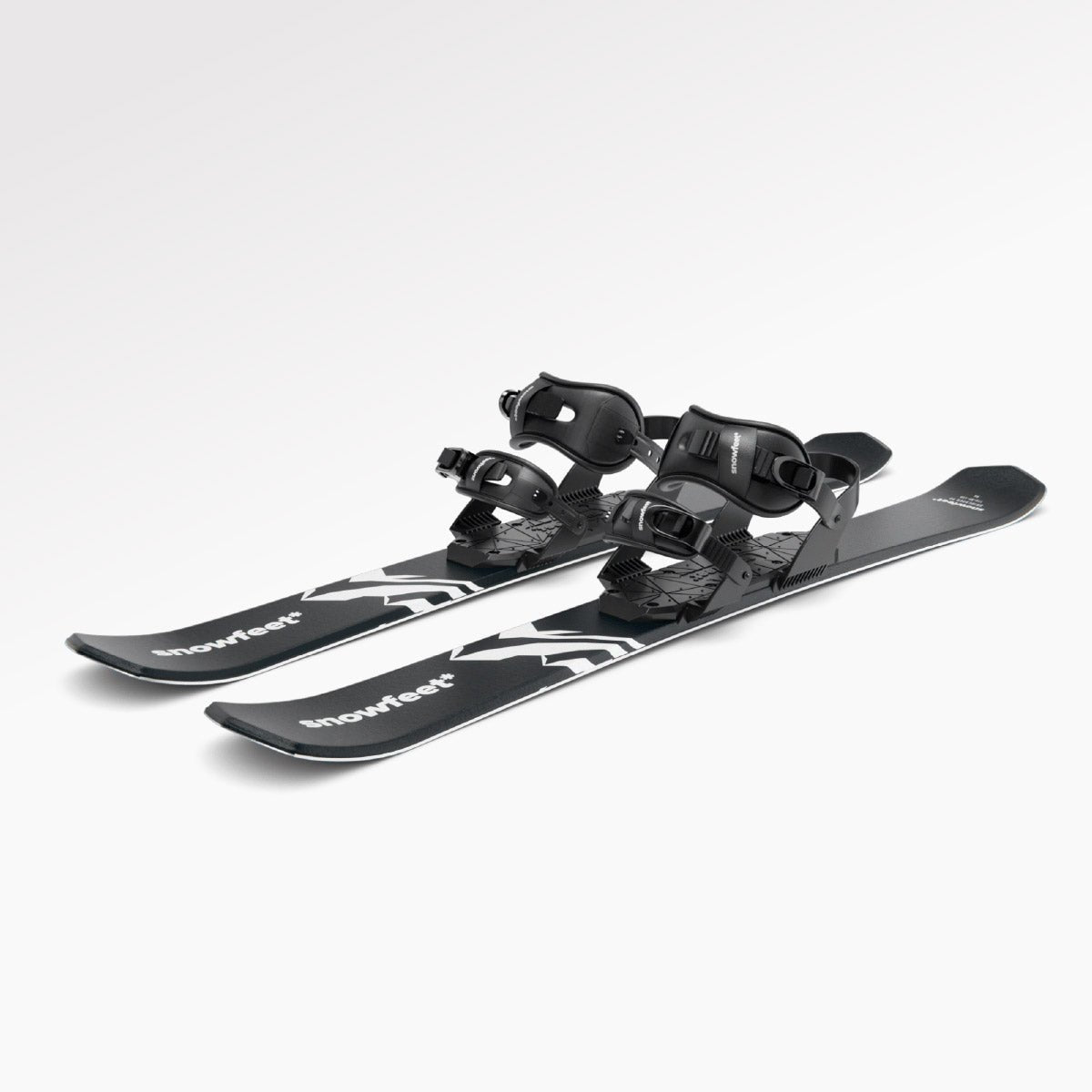
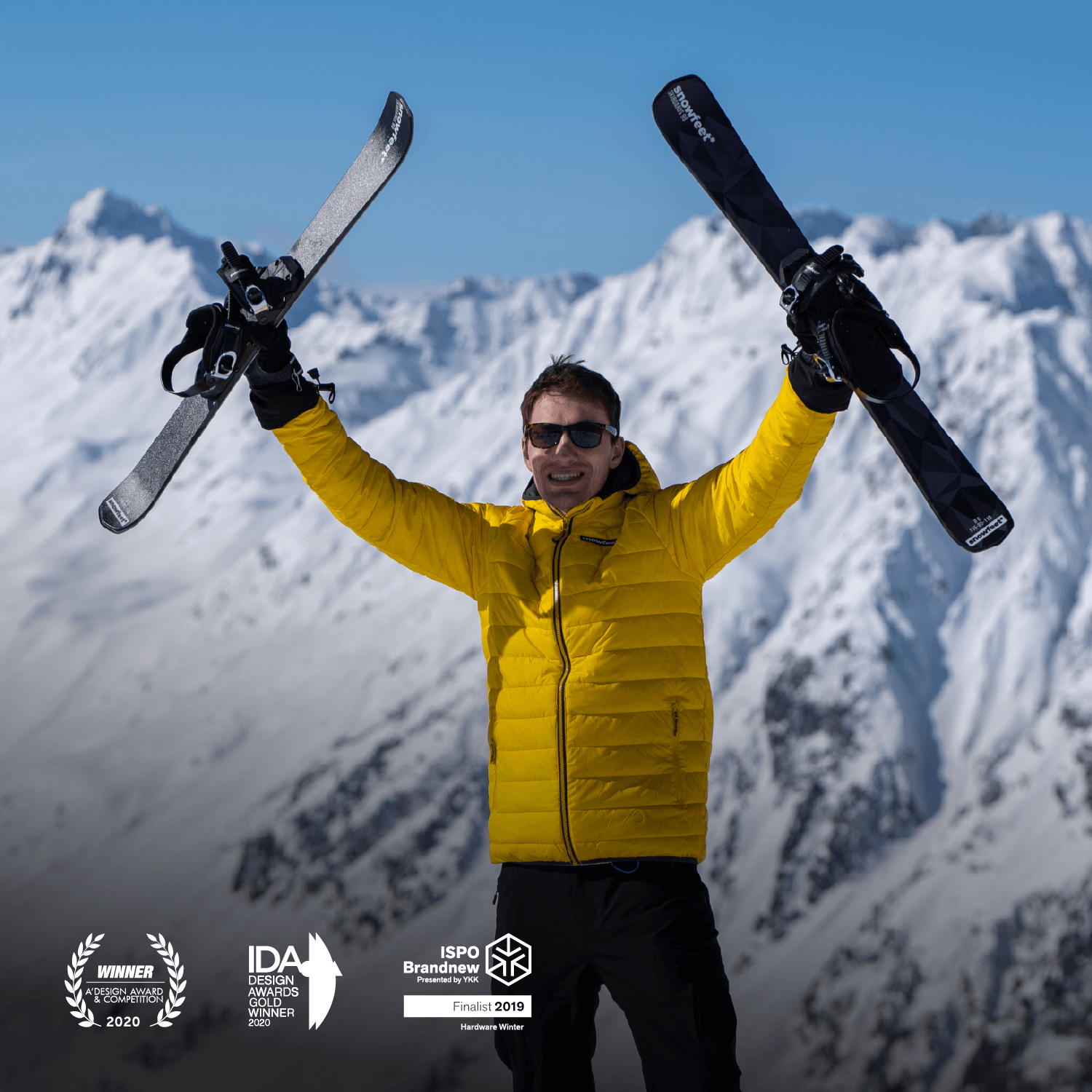
Leave a comment
This site is protected by hCaptcha and the hCaptcha Privacy Policy and Terms of Service apply.